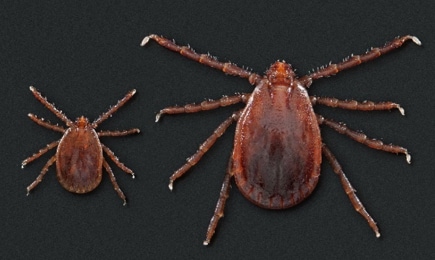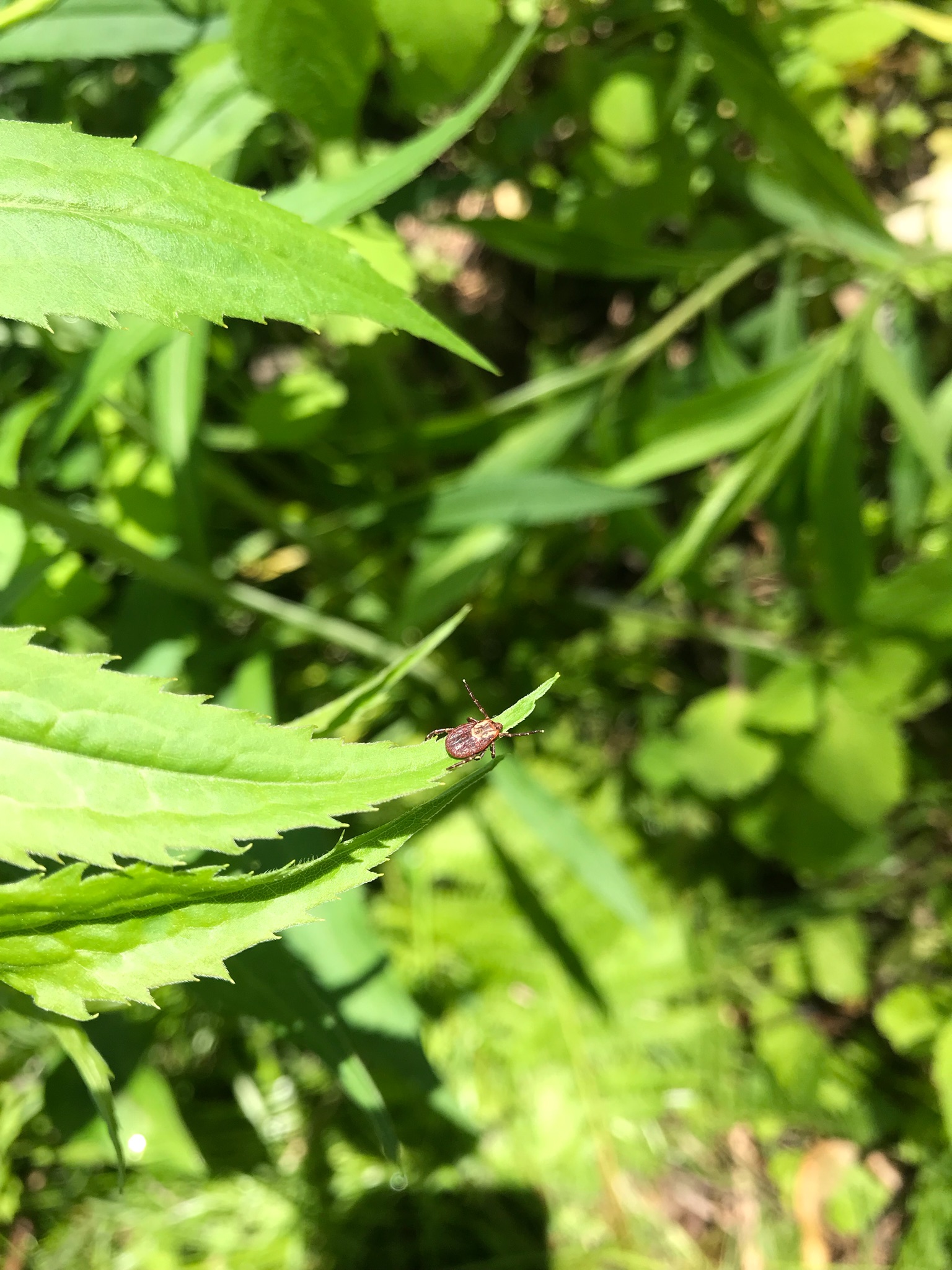
The Asian longhorned tick, as its name suggests, is not native to the United States. They have historically been found in eastern China, Japan, the Russian Far East, and Korea, but as of 2017 they have found a new home in the United States. Late in that year, a sheep farm in New Jersey discovered Asian longhorned ticks on one of their animals. In the years since, these ticks have been confirmed to have spread to the following states: Delaware, Georgia, Kentucky, Maryland, Missouri, New Jersey, New York, North Carolina, Ohio, Rhode Island, Pennsylvania, Tennessee, Virginia, and West Virginia.
An invasive species of tick becoming widespread in the United States is rare, and it is still unknown exactly how the Asian longhorned tick was introduced into the population. However, there is no doubt whatsoever as to how it has spread so widely since.
Self-Cloning by Way of Reproduction
The speed of the Asian longhorned tick spreading across the US, confirmed in nineteen states over the past six years, all comes down to its unusual form of reproduction. While the tick is capable of reproduction through usual means, its main form of reproduction is via parthenogenesis. Parthenogenesis is a form of asexual reproduction usually found in small invertebrates such as bees, wasps, and ants, in which a female is able to produce an embryo without the fertilization of an egg.
With this ability, the female Asian longhorned tick is able to produce as many as 2,000 eggs at a time without the need to mate with a male of the species. Asexual reproduction in ticks is completely unique within the United States- no other tick species in the country has the ability to reproduce without mating.
The Impact on Livestock
While the Asian longhorned tick has been found on human hosts, this invasive species is having the heaviest impact on livestock. Partially, this is because unmowed pastures where such livestock are contained can create the ideal habitat for these ticks, and the livestock grazing there are ready-made hosts. When we think of the dangers that ticks in general pose, the first thought is usually transmission of disease. Though these ticks are certainly capable of spreading disease, severe infestations of these ticks on an animal can, as unlikely as it may seem, kill that animal via blood loss.
In 2021, researchers at Ohio State University discovered just how damaging these ticks can be firsthand. A farmer in eastern Ohio reached out to these researchers, reporting that three of his cattle had actually died due to an enormous infestation of ticks. Researchers from the college, including assistant professor of veterinary preventive medicine at Ohio State Risa Pesapane, visited the man’s property to investigate and were able to confirm the deaths of his cattle were indeed caused by a massive infestation of Asian longhorned ticks.
“One of those was a healthy male bull, about 5 years old. Enormous.” said Pesapane in a statement via the Ohio State’s website. “To have been taken down by exsanguination by ticks, you can imagine that was tens of thousands of ticks on one animal…”
The researchers were able to collect more than 9,000 ticks in under two hours, using only muslin clothes and lint rollers. Based on these numbers it was estimated that the farmer’s 25 acres may have contained over one million ticks, a staggering number generated by the tick’s ability to reproduce asexually.
“There are no other ticks in North America that do that. So they can just march on, with exponential growth, without any limitation of having to find a mate,” Pesapane said. “Where the habitat is ideal, and anecdotally it seems that unmowed pastures are an ideal location, there’s little stopping them from generating these huge numbers.”
Residents of the state of Ohio are being asked to help research efforts: anyone who thinks they’ve spotted an Asian longhorned tick can email [email protected] for instructions on how to collect the specimen and send it to Ohio State scientists as part of ongoing surveillance.
About Asian Longhorned Ticks

Asian longhorned ticks are oval shaped and reddish-brown in color when unengorged. When fully grown, the adult female can reach the size of a pea when fully engorged. At other times, the tick may be smaller than a sesame seed and very difficult to see. Males of their species are rare, due to their parthenogenesis reproduction. Asian longhorned ticks are hypothesized to be less attracted to human skin than many of the United State’s well-known, native ticks such as the dog tick or lone star tick.
As livestock are most highly affected by these ticks, prevention via the environment can be the most helpful. Keeping lawns and pastures trimmed can help keep ticks away from the animals which are pastured there, and regularly checking these animals for large infestations of ticks can help identify and take action against a problem before it becomes less manageable, as well as other common methods.
Asian longhorned ticks are confirmed to be capable of transmitting tick borne diseases such as ehrlichiosis, babesiosis, theileriosis, anaplasmosis, and rickettsiosis.
https://news.osu.edu/an-exotic-tick-that-can-kill-cattle-is-spreading-across-ohio/
https://www.aphis.usda.gov/publications/animal_health/alert-asian-longhorned-tick.508.pdf


